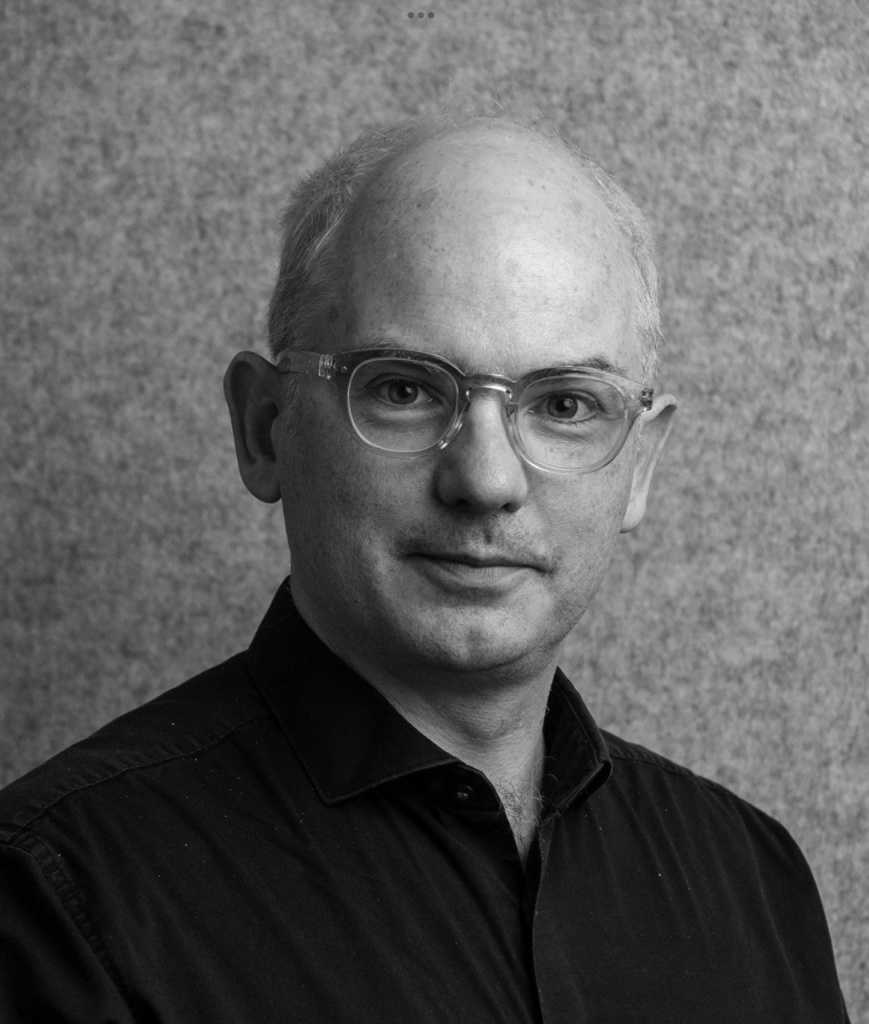With the support of the international media platform ARCHICA, we spoke with Harry Dobbs, architect and founder of the London-based studio Harry Dobbs Design. He shared his impressions of Kazakhstan, reflected on the role of culture in architecture, and emphasized the importance of local context in urban development.
Harry Dobbs, Architect, Urbanist at Harry Dobbs Design, linkedin

About myself
I'm an architect and urban designer based in London. Our practice focuses on urban transformations — from buildings and infrastructure to product design — with an emphasis on human-centered design.
In many modern cities, infrastructure and economic priorities often overshadow the human scale and cultural identity. Cities start to feel the same. We aim to counter that by creating places that feel unique and connected to people.
We’re especially drawn to projects where local culture and everyday life shape the design. In cities like Rio, Hong Kong, or Paris, this often shows up in public spaces and street culture — each place has its own character, which helps build both national identity and a sense of belonging.
About Kazakhstan
This is my second visit. I first went to Almaty, and now I’m in Astana. The two cities are very different, each with a distinct character.
What stands out in Astana is the ambition behind its urban design — monumental in scale and clearly intentional. In contrast, Almaty feels more organic, with cultural layers visible at street level, shaped over time by daily life.
Both cities reflect a strong sense of history and a vision for the future. That opens space for new expressions of Kazakh identity, as well as challenges that will require local, innovative solutions.
In Astana, I’m drawn to smaller, older public spaces in the old town — they have a unique charm and feel different from other places I’ve worked. The river is also a huge asset. It’s more than just infrastructure; it brings people together and adds to the city’s identity and liveliness.
About activities
The main goal of my visit is to learn — to understand the city, its people, and culture. As an outsider, I can often see things locals might overlook. In fact, it’s sometimes harder to design in my own city, London, because I’m too close to it. This kind of distance offers clarity.
I’ve been walking the city, talking to people, trying to understand what matters here. That’s essential for meaningful design.
Urbanism is always collaborative. We work with city authorities, architects, engineers, landscape and lighting experts — but also with creatives like artists and designers. Their input brings cultural depth. It’s not just about adding art; it’s about shaping cities with a creative mindset that makes them feel alive.
On the architecture of Central Asia
Infrastructure and economic strategies are essential, but when they dominate, cities risk becoming generic and disconnected from their cultural roots. The real opportunity is to develop an urbanism that grows from local context — shaped by people, place, and culture — to create a clear and specific identity.
This isn’t just about aesthetics. Cities that express their culture build stronger civic identity and attract people and investment. Culture is a city’s soft power.
To achieve that, creative thinking and culture must be embedded at the strategic level — not added later as decoration. When planning green spaces, for example, we should also ask how they can become culturally vibrant. Cities must start with people, not just infrastructure, to become both livable and meaningful.
Advice for emerging architects
Travel is essential. We learn a lot by experiencing other cities and cultures — it helps us understand our own better.
I studied in the UK, but my first jobs were in Austria and Hong Kong, and later I worked in the Middle East, North America, Europe, and Asia. Each place taught me something new.
You never stop learning. Be cautious of any urban designer who thinks they’ve seen it all — the mindset of constant learning is key.
What would I visit in Kazakhstan
I’ve only seen Almaty, Astana, and a glimpse of the mountains near Almaty. But cities don’t exist in isolation — they’re shaped by the landscape around them.
Kazakhstan’s landscape is unique and rich with cultural memory. Exploring it helps you understand the environment, climate, and culture that shape its cities. I’d love to see more of that.